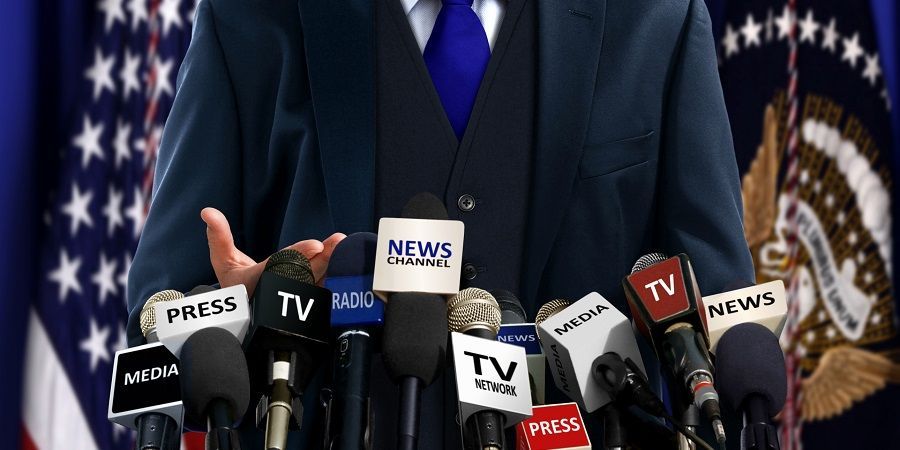Drawing Out a Crisis
The point at which two of the most important mortgage agencies in the US needed to be nationalized was reached a long time ago.

It would seem that America’s financial authorities acted wisely and responsibly: they did not allow the bankruptcy of bedrock financial institutions and did not let the infection of the mortgage crisis to spread further into the body of the American economy. Only the stock prices of the agencies in question responded to the decision by taking a new nosedive after having already fallen to unreal levels of around one tenth of their maximums.
American financial society is shocked at the way in which the authorities stepped in. They simply instituted direct government management, which is what caused the companies’ stocks to crash: the investors had lost the right to influence the management. Also, a moratorium was put on dividend payments for ordinary and privileged stocks. It seems that the stock owners of Fannie and Freddie were simply deprived of their property; no buyout proposal was given to them – they were simply presented with a fait accompli. Many American financial experts called this decision “Bolshevism”, and with good reason.
It was definitely a radical decision, and in some ways, it was justified: as we have said, the stakes were extremely high, and the current administration had very little time to address the issue. It was impossible to draw out the decision.
Everything seems to have been done right. But will this turn out to be just one more situation where the cure is worse than the disease?
The present global financial crisis is not so much a crisis of liquidity: that deficit is simply a sign of uncertainty regarding the fair price of financial resources with complex structures. When the market does not understand how to evaluate resources like that correctly, there is a trade freeze – no one wants to take on unknown risks.
Fannie and Freddie more or less kept the USA’s mortgage machine afloat in conducting an at least quasi-market evaluation of a wide spread of mortgage types and taking the risks inherent in these mortgages on themselves. Now the Treasury and the Federal Reserve will be doing that.
However, the evaluation of financial risk by an issuing institution is nonsense. When you can fix any mistake you make at any moment by simply making use of your printing press, you “kill” risk and the entire risk-assessment hierarchy along with it. In point of fact, the US financial authorities are implementing a policy of drawing out the crisis, getting rid of the cornerstones of a functioning financial system.
The voices of opponents – even such influential ones as Alan Greenspan, who is proposing taking Fannie and Freddie apart and auctioning them to private investors – are not being taken into account. And Greenspan is, on the whole, right: if the liquidity support function of the mortgage market cannot be fulfilled effectively and profitably by private financial institutions, then that function itself probably has no right to exist.
The market spirit is quickly evaporating from the American mortgage segment and the entire US financial system. It is extremely easy to get sucked into playing that game and really hard to leave it. It could be that the US Treasury Department believes today that it is taking on the responsibility for only Fannie Mae and Freddie Mac, but that is not true. As soon as Secretary of the Treasury Henry Paulson announced the decision, the US and world markets began to pick up. Therefore, the US Treasury has tangentially assumed bigger risks.
Basically, America started down this road a long time ago: the economy growth of recent years was being supported by an increasingly large budget deficit due to increasing liberalization of financial policy. The government has been taking on more and more commercial risks for American corporations. Today we are witnessing but one step in that direction; hidden negative processes are rising to the surface.














